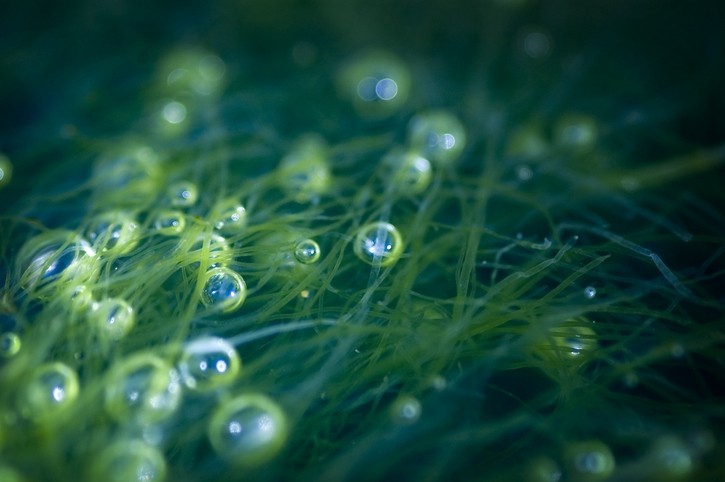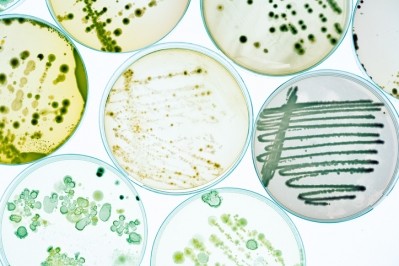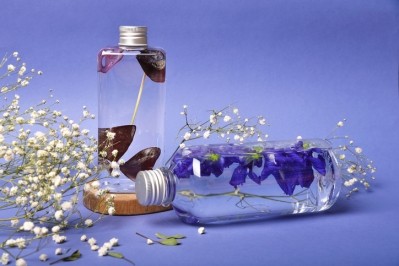Special edition: Marine-derived ingredients
Blue biotech can unlock ‘considerable’ marine raw material potential: Experts

Writing in the book Refining Biomass Residues for Sustainable Energy and Bioproducts, a team of biotechnology experts from India’s Sri Venkateswara College of Engineering outlined the potential and future directions for blue biotechnology.
“Blue biotechnology is a fascinating young discipline that encompasses the vision of contemporary biology,” the biotech experts wrote.
Blue biotechnology
Blue biotechnology uses techniques of genetic engineering and various cultivation methods for mass production of valuable compounds without affecting the marine ecosystem.
Various cultivation methods exist, including fermentation, photobioreactors and open ponds. More recently, novel and emerging eco-friendly concepts such as biorefineries that utilise the whole biomass to produce multiple metabolites through various downstream processes and cleaner technologies are starting to garner interest.
Marine bioresources are ‘valuable commodities’
With an estimated seven million species living in the sea, versus just one million on land, the authors described the marine environment as simply “huge”. And blue biotech sources from some of these species – marine bacteria, invertebrates, algae, fungi etc – had, so far, offered “valuable commodities”, they said. Novel applications were also being “continuously developed” for applications in nutraceuticals, pharmaceuticals and cosmetics, they said.
“Compared to terrestrial bioresources, marine ones are shown to display high activity, new properties, and new mechanisms of action. In addition, greater taxonomic biodiversity is found in marine bioresources than the counterpart,” the authors wrote in the book chapter.
What blue biotechnology offered, they said, was a sustainable way to tap into this potential – avoiding over-fishing and unnecessary ocean farming.
Cosmetics and the deeper potential of blue biotech
Marine resources developed through blue biotech held plenty of potential for cosmetics, the authors said, largely because of their natural and green status.
In the Indian cosmetics market alone, the authors noted 51% of consumers were looking for ‘natural’, ‘organic’, ‘environment friendly’ and ‘ethical’ cosmetics, suggesting “the potential for new raw materials from the ocean is considerable”.
Importantly, they said various compounds secluded from marine organisms showed cosmetic activities, including photoprotection, moisturisation, anti-ageing and skin whitening. Marine-derived compounds could also be used as excipients and additives in cosmetic formulations.
Notable bioactive molecules with such uses included linoleic acid, collagen, cartenoids, polysaccharides, sea water and sea mud, scytonemins and mycosporines, gallic acid, catechins, preservatives, essential oils, antioxidants and dyes, among others.
Blue biotechnology advances blocked – sampling is difficult and expensive
However, blue biotechnology advances were being held back by various hurdles, the authors said. “In spite of the tremendous potential of blue biotechnology, the sector has not been completely exploited.”
One of the main bottlenecks, they said, was the difficulties involved in sampling marine species along with the fact many sampling processes were also “highly expensive”.
For scientific advances to be made in blue biotech, the authors said government involvement was required – not only to fund expeditions and innovative sampling and cultivation methods, but also address sea-related territorial disputes. “The government should provide adequate financial support and infrastructure for all the departments related to marine product development,” they said.
Legislation and guidelines to protect marine, coastal and estuary environments would also strengthen the blue biotechnology sector, they said.
From R&D to commercialisation – getting blue biotech out there
The next hurdle to overcome was getting marine biotech compounds commercialised, the authors said. “Even though several promising marine products have been identified through various research and development programmes so far, the ultimate goal of commercialisation is still to be achieved in many cases. This is mainly due to the high risk associated with investments in the blue biotechnology sector, and also lack of coordination between public research and private investors.”
So far, investments into blue biotechnology had largely come from public agencies but they said involvement from private parties was “crucial in the commercialisation of marine products”.
“Private interest in marine resources has to be instigated. Marine resources are so diverse, causing lack of clarity related to source and traceability of individual material. This creates investment risks and legal problems. However, governments can overcome the abovementioned hurdle by implementing blue biotechnology-friendly policies and thus help in exploiting the full potential of blue biotechnology.”
Source: Refining Biomass Residues for Sustainable Energy and Bioproducts
Published: 2020, pages 463-480 – doi: 10.1016/B978-0-12-818996-2.00021-1
Title: “Chapter 21 – Blue biotechnology: a vision for future marine biorefineries”
Authors: SP. Prabha, S. Nagappan, R. Rathna, R. Viveka and E. Nakkeeran




















